Silicone bibs are the answer to a parent's laundry nightmare. As your baby begins to grow and experience new foods, the messes and stains present a new problem.
Spending time changing clothes, doing laundry, and worrying about your little's favorite outfit getting ruined by the spaghetti is the tip of the iceberg. Parents also have to consider the negative effects that clothing, bibs, and other items they buy could have on their child.
Our silicone baby bibs are designed to take some of the stress out of parenting and to allow you to just enjoy the changes your baby experiences as they grow, but don’t take our words for it.
As you and your baby make this transition to food discoveries, you need to know your little ones are safe in the bibs you choose. Some of the questions to ask when picking out new silicone baby bibs include:
- Does it contain any toxic materials such as lead or BPA?
- What age limits can use silicone bibs?
- Are there any differences in the silicone used for baby bibs?
- When do kids stop wearing bibs?
- Is silicone easy to clean?
These bibs are perfectly designed for busy parents who wish to do more than laundry with their little ones while putting safety first. Below are five reasons you need silicone baby bibs in your life.

Is all Silicone BPA Free?
The good news is all silicone is BPA-free. Silicone is a non-toxic alternative to plastic and contains no BPA or other harmful chemicals that might interact with our food and beverages. It is made up of natural elements that include silicon, oxygen, hydrogen, and carbon.
Many parents prefer to use this alternative for baby products, not only for the safety of the products but also for ease of use. As opposed to its plastic counterparts, this highly flexible material can withstand extremely high and low temperatures without worrying about nasty chemicals leaking out.
This is one of the many reasons baby bibs made of this material are highly recommended, and zealous parents choose silicone.
What Does BPA Stand For and What Does it Mean?
![]()
We hear it everywhere, but many of us do not know what BPA actually is and why we are discussing it; after all, if something isn't safe, it would not be in baby products. No true.
BPA is a shortened way to say bisphenol-A. Bisphenol-A has been used in common household items, such as plastic, metal, and water containers, since the early 1960s and has been linked to several health issues throughout the years.
In fact, studies show bisphenol A can have a negative effect on the brain and prostate gland of unborn children, infants, and kids and can cause other hormone-related health problems. Many products are made with low levels of bisphenol-A, and the FDA says small levels of exposure are harmless, but they do not allow infant products to contain it.
One of the great things about using a silicone baby bib is that there is no need to worry about transferring manufacturing contents to the baby product because the contents are non-toxic.
Does Silicone Baby Bibs Have Other Chemical Fillers That Could be Harmful?
![]()
Some fillers often used in the products we buy contain BPS, PVC, phthalates, PFC, and nitrate, which can be harmful to people and the environment. Platinum silicone does not contain these harmful fillers and is a safer option for products made for children.
There are so many things to worry about when it comes to the products we buy. If we look up what is actually in our products, we would often be surprised by the chemical fillers used to stabilize and enforce products.
Buying products made of non-toxic material is one less worry that parents have so we can spend more time with our little ones and less time doing the necessary research to keep them healthy.
Can Bibs Made of Silicone be Safely Used for Babies?
Babies can safely use Bibs made of Silicone, but parents need to check a few things with the product to ensure that the product is made from 100% silicone and does not have additional fillers.
All products made for children are required to undergo lab testing to ensure there areno phthalates, lead content, lead in paint, and other harmful chemicals in the product. This testing is regulated by Consumer Product Safety, and products will be given a certificate if it is in compliance.
When buying a bib, check to see if the company can provide lab test results under their business name. You would be surprised at the number of businesses that either do not do this or borrow certificates from their manufacturer, which could be for an entirely different brand.
Are All Silicone Made Equal?
![]()
Not all food-grade silicone is of the same quality. Our product is made from platinum-cured silicone, making it are more durable and softer. Platinum silicone does not have any smell and does not become stiff over time, giving parents and ids more time with their favorite mealtime accessory.
Most of the silicone baby bibs and other kid products on the market are made of tin-cured silicone. Although they are classified as food-safe, parents have complained that they can have a certain smell and become stiff over time, often needing to be replaced more frequently.
At what age do Babies Stop Wearing Bibs?
Bibs are great for any age, infant or toddler. Infants as young as newborns will benefit from using them to keep drool, spit-up, and milk off their clothing, helping to keep them dry and free from rashes. As they get a little older and begin to try new foods, bibs will also help keep clothing free from spills and stains.
Toddles will benefit from using bibs for these same reasons. We often see them stop using bibs around the age of 3-4, but don’t be surprised if your little one enjoys wearing bibs past that age. My daughter (soon to be 5) LOVES eating with her hands and often makes a ton of mess around the dinner table during mealtime, so she still wears a bib sometimes. Every child is different, and the age to discontinue the use of these wonderful items will be different for every family.
You would be surprised how many older toddlers would prefer protection from spills when they are eating something particularly messy or when wearing their favorite clothing. Having a variety of colorful silicone baby bibs to choose from will make wearing these accessories more fun.
How Do You Clean Silicone Baby Bibs?
![]()
The easiest way to clean a silicone baby bib is to place it on the top rack of your dishwasher and wash it with your next load of dishes. You may want to rinse it off before loading it into the dishwasher if it will be a while before you have a full load ready to wash.
You can also clean the bibs with a little soap and water. There is no particular way to clean silicone baby bibs, but you should always rinse them after being used to avoid stains.
Silicone Baby Bibs are Becoming the Go-To Meal Accessory for Parents Everywhere
Babies are fun to watch when they begin food exploration but cleaning their messes is hard work and tiresome, but silicones baby bibs are taking a lot of the work out of mealtime. Clean-ups are much easier when a child's clothing is protected by a waterproof, soft guard that can be gently wiped clean.
Bibs are not just for infants and babies. Toddlers and children of many ages still reap the benefits of the protection that bibs give to their favorite outfits, keeping them clean and dry.
These bibs are made with no toxic materials, like phthalates, PFC, nitrate, and other harmful substances, and we do not use chemical fillers in our bibs. Our platinum-cured silicone is lab tested and comes with its own safety certificate to certify that it can be safely used with children.
If you would like to learn more about our products and get information on important industry standards for children's products, leave your email, and we will also send you a short Baby Led Weaning recipe eBook. These recipes are a fun way to explore new food and ideas with your little one.
Let us know what you think. Do you think all brands should openly share the safety standards they comply with?
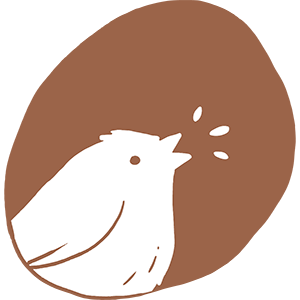

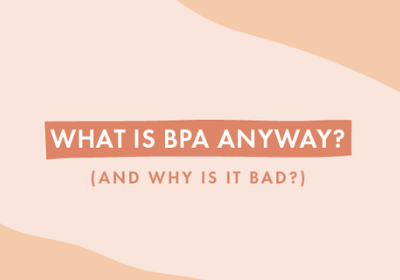
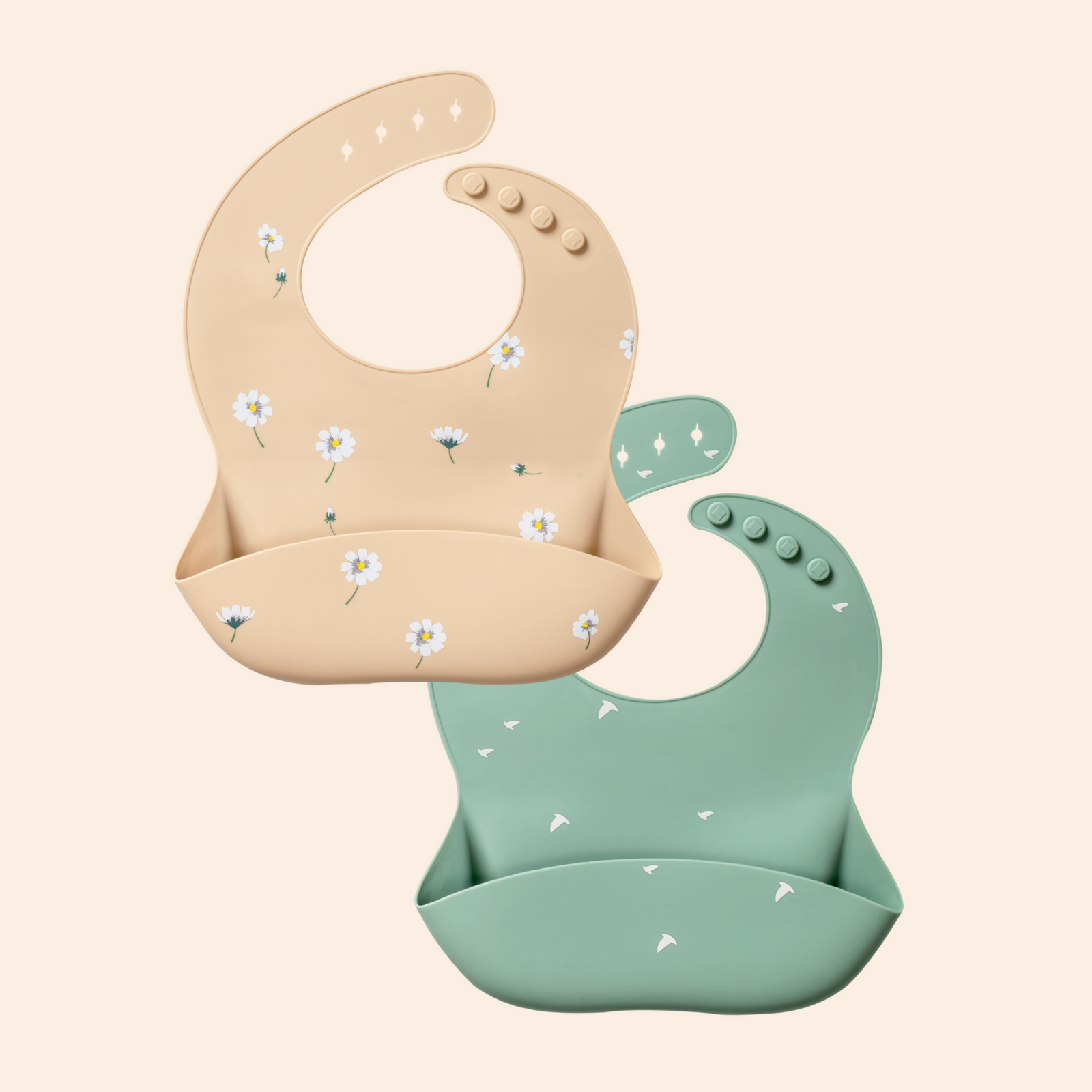
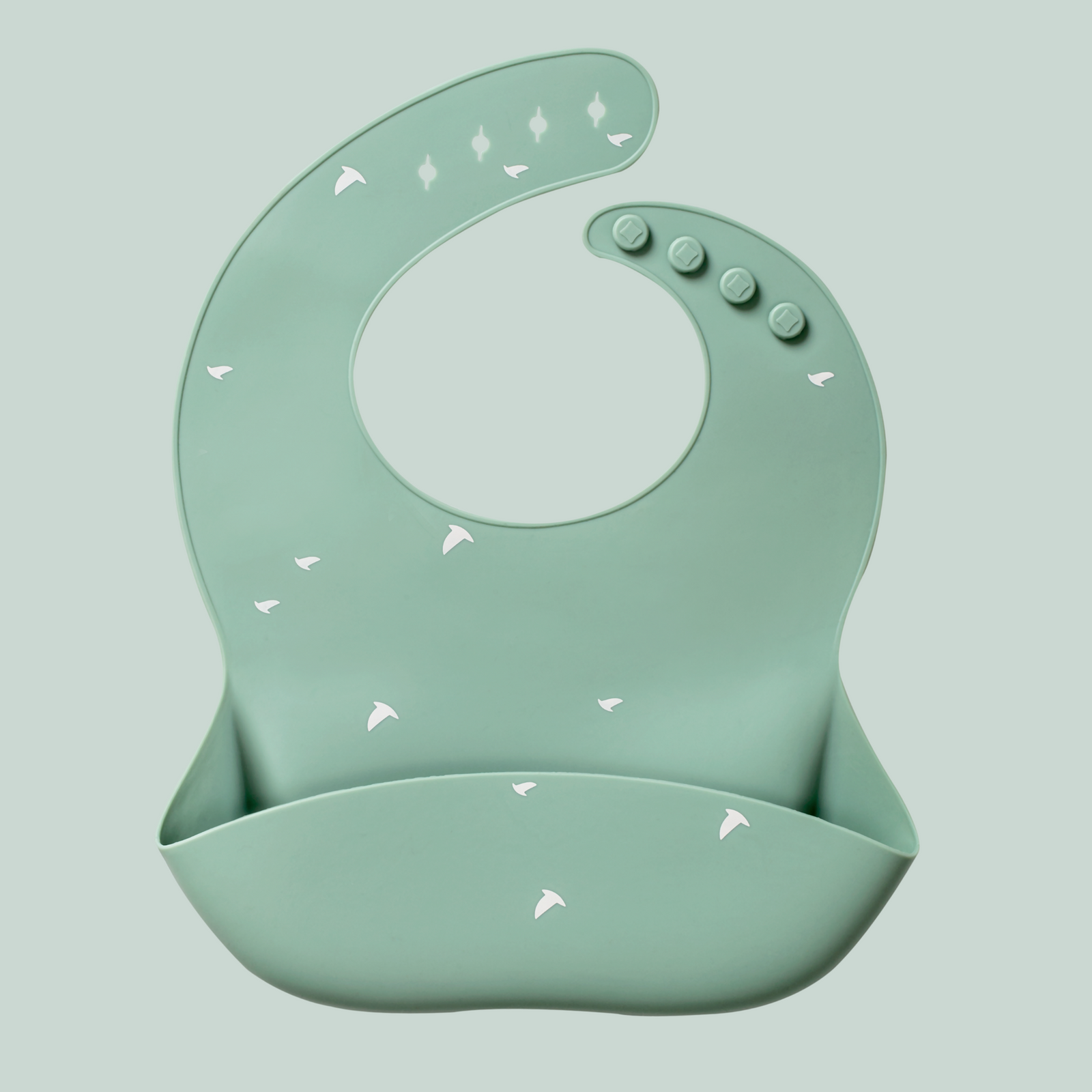
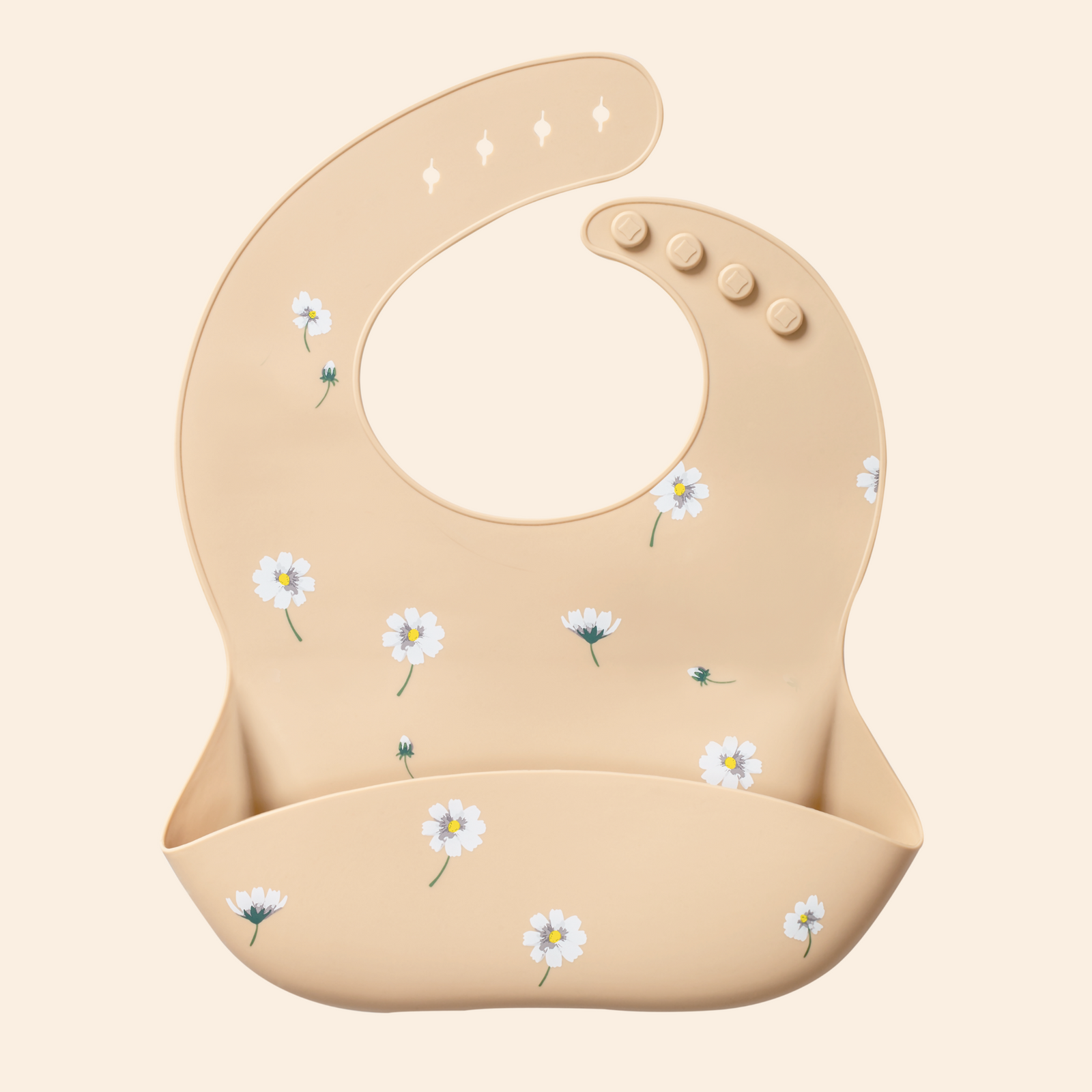
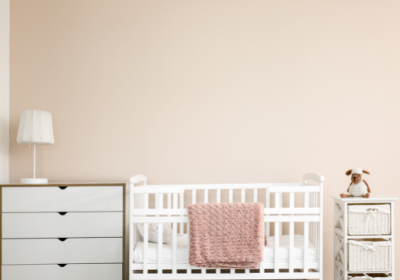
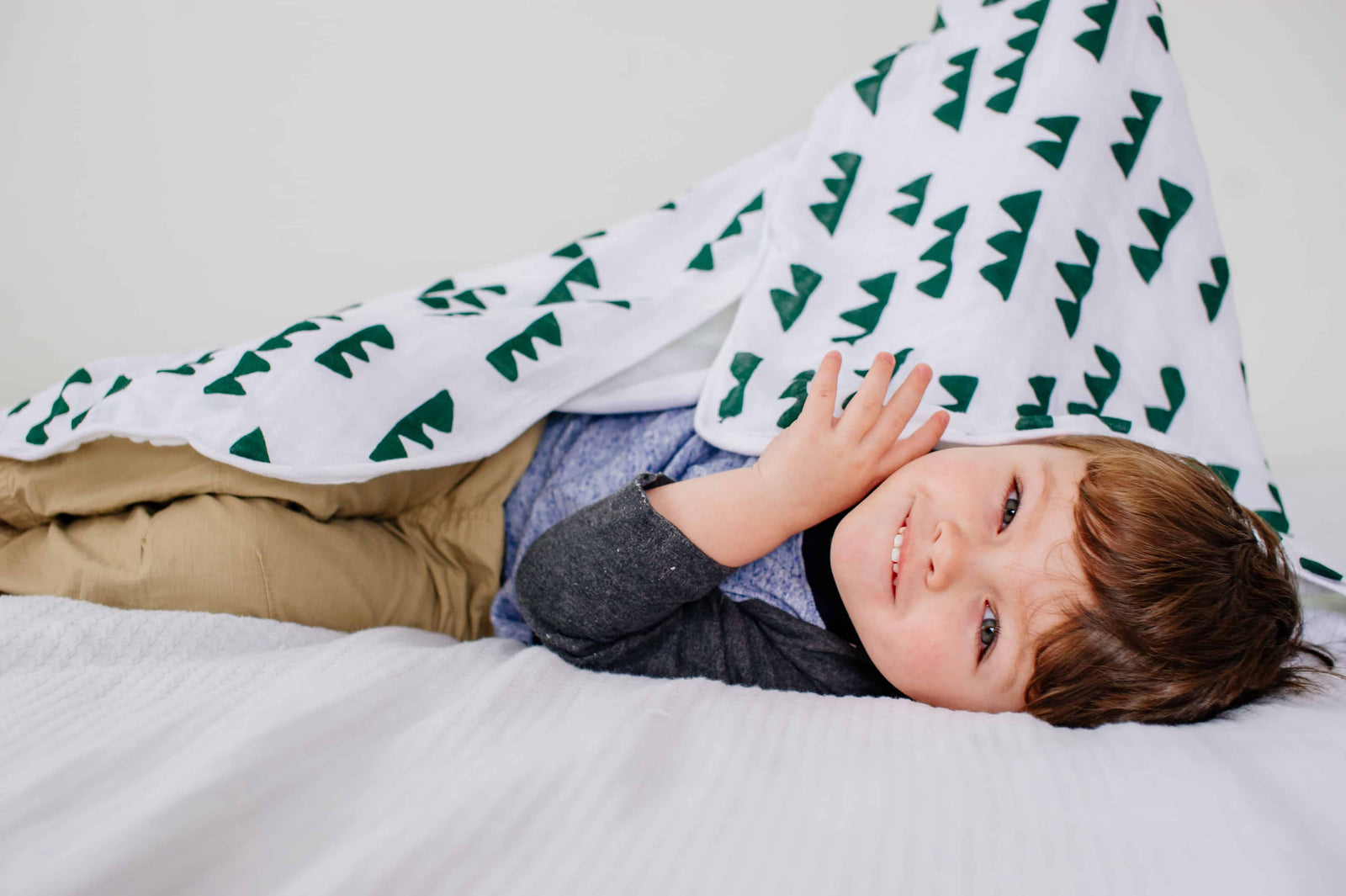
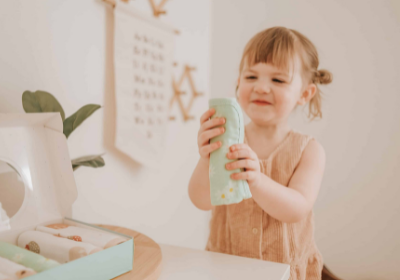
Lydia James
July 19, 2022
Hello, can you tell me if it’s possible for a silicone bib to contain PVC?
thank you